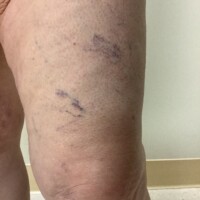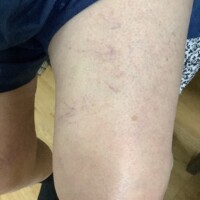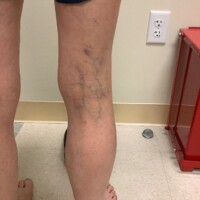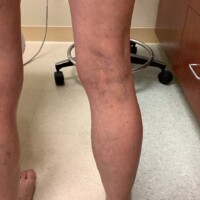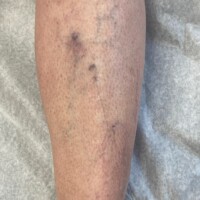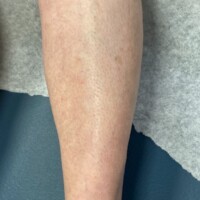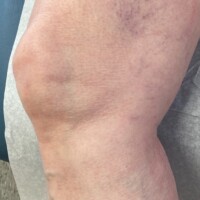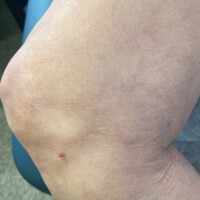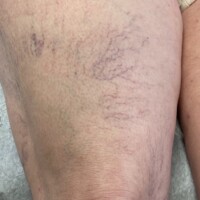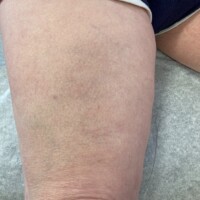Vein Disease
The body has many veins, and the smallest veins are part of the reticular vein system. This is a web of tiny veins just below the skin. Superficial veins arelarger and deeper to the skin, and perforator veins are short veins that connect the superficial veins to the deep veins which run through the core of your leg.
Spider Veins
These are tiny blood vessels that are just below the skin and can be seen easily. They are rarely a significant problem. They may occasionally cause itching, burning, or bleeding; overall, they do not cause symptoms.
Reflux Ultrasound
Ultrasonography uses sound waves to create pictures of the veins and identify areas of reflux, or damage to the vein, as well as blood clots.
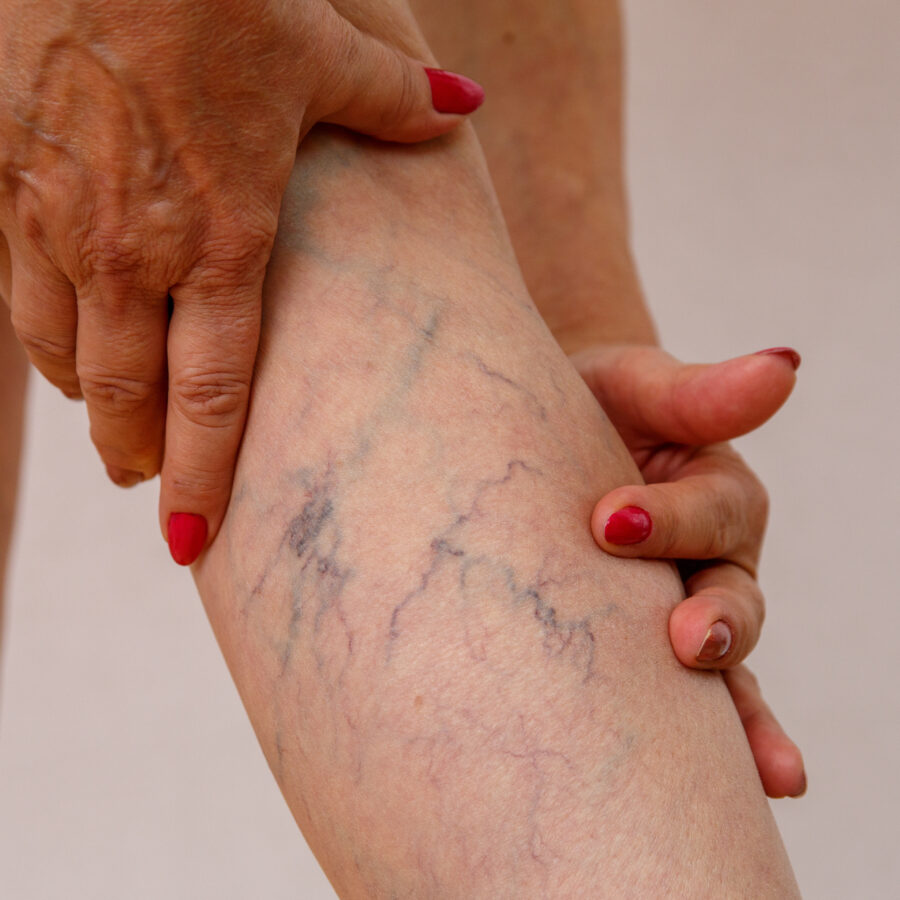
What Causes Vein Problems?
Risk Factors
- History of DVT or pulmonary embolism
- Blood clotting disorder
- Pregnancy
- Obesity
- Prior leg trauma/surgery
- Gender
- Family history of vein disease or varicosities
- Aging
- Sun exposure
Consultation
What to expect
At your consultation, your specialist will evaluate your veins to decide which treatment is best for you. Sometimes an ultrasound evaluation of the veins is necessary.
The procedure will be described in detail, along with the risks, benefits, and what to expect.
Most treatments take three sessions, spaced 4-6 weeks apart for best results.
You will receive detailed aftercare instructions from your provider.
Treatments
Sclerotherapy
This is the gold standard of treatment. Medication is injected into the spider veins to cause inflammation.
There are various sclerosing agencies. These medicines may be used as a foam or liquid. The inflamed vessel then closes.
Most of the sclerotherapy is visual sclerotherapy; occasionally, ultrasound guidance is used. It may take several treatments to achieve full results
